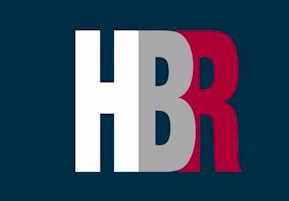
Meeting the Generation X business traveler's ever evolving needs is keeping hoteliers awake at night. I toss and turn wondering what needs to be done to stay ahead of my competitors while meeting and exceeding travelers' expectations. Determining business traveler's interests and managing costs effectively is what keeps making hoteliers sleep deprived. With the demographics of travelers constantly changing, the hospitality industry is charged with one of its most challenging tasks to date and there is no clear-cut answer. The face of the traveler is changing so dramatically by age, sex, nationality and other factors that present additional challenges to the hospitality industry. Times seemed much simpler 10 years ago when it was easier to predict what the business and leisure traveler expected. Today, hoteliers not only deal with the changing face of the traveler but with the amount of knowledge they educate themselves with prior to arrival. In today's world there is no longer an uneducated traveler. I jokingly state to my associates that this began with the launch of USA Today and it becoming one of the most read newspapers by travelers. READ MORE









